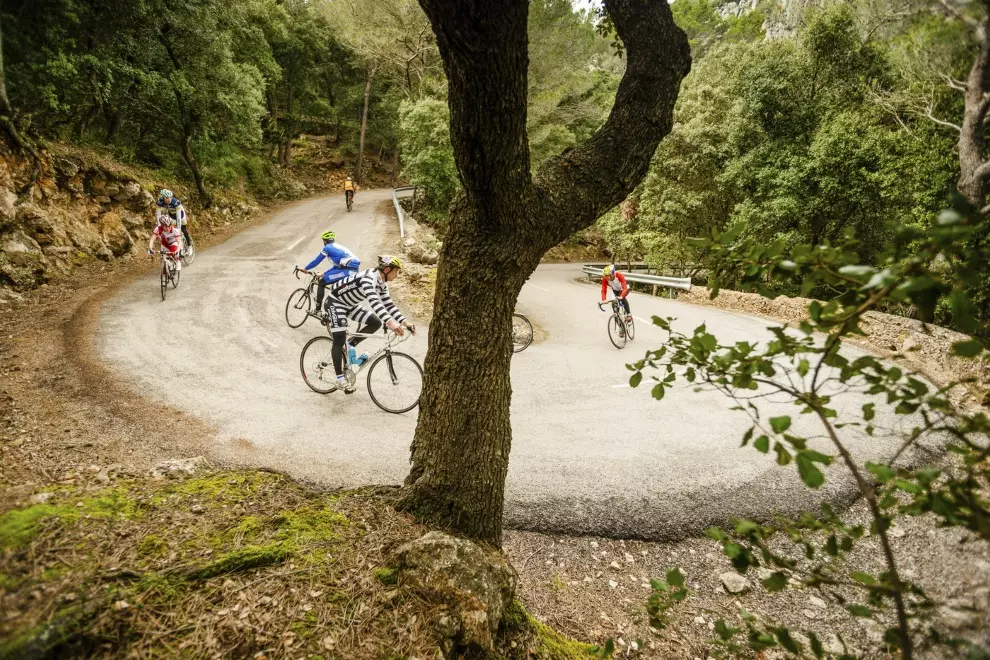How many carbs can cyclists eat per hour?
Being able to consume carbs on the bike allows pro cyclists to maintain high intensity for much longer. Initially, sports science recommended 40-60 g of carbs per hour because the estimated absorption limit of glucose in the small intestine was 1 g per minute. Later research showed that mixing two simple sugars such as glucose and fructose at a 2:1 ratio increased absorption because they use different uptake streams in the intestine. This allowed athletes to take in 60-90 g per hour.
The latest research shows that the pros can push their intake even higher, upwards of 120 g or even 140 g of carbohydrates per hour, if two conditions are met. The ratio of glucose to fructose has to be close to 1:1 and their energy expenditure must be high enough to make use of these extra carbs.
Why do pros eat that much on the bike?
The reasoning is simple: if you eat more carbs, you can burn more carbs. This doesn’t mean that every rider is doing 120 g of carbs per hour during every stage. Their expenditure is what dictates how much they can take in. So, it’s really only on the hardest stages or in breakaways where pros consume these extreme amounts. There’s a simple way to estimate how many carbs to eat on the bike.
The optimal carbohydrate intake should be 40-50% (in kcal) of total hourly energy expenditure (in kJ).
The pros typically expend around 1,000 kilojoules (kJ) per hour during very hard efforts. This means that they should consume 400-500 kcal of carbs per hour. With 1 g of carbs being 4 kcal, they should take in 100-125 g of carbs per hour.
How much should you fuel while riding?
As you can probably guess, this depends on your expenditure on the bike. If you have a wattmeter, you can get really accurate data. Watts can be converted into kJ and your bike computer probably shows that info in real time. But even if you don’t ride with a wattmeter, you can go with these two estimates that will be close enough for most cycling enthusiasts.
- On a very hard ride, a fit amateur expends 600-800 kJ per hour. The carb intake should be 300-400 kcal, or 75-100 g per hour.
- On an endurance ride, an amateur expends 400-500 kJ per hour. The carb intake should be 200-250 kcal, or 50-60 g per hour.
Why you shouldn’t copy the pros
One thing is clear from the example above, even fit amateurs riding hard aren’t able to expend enough energy to make use of those crazy 120 g of carbs per hour. That means amateurs gain no benefits from eating that many carbs while riding. And not only that, eating that much can have really problematic side effects.
The more carbs you eat, the higher the chances of gut issues. You can train your gut by gradually increasing your carb intake. But even when your gut is adapted to 120 g of carbs per hour, you are still at risk of GI issues when you’re unable to utilise the freshly ingested carbs right away. Nausea, bloating or vomiting are certainly not worth the extra few grams.
The best thing you can do for your performance on the bike is to fuel appropriately to your expenditure. Try the 40-50% rule and train your gut to handle that kind of carb intake. Leave the super-human carb amounts to the pros.





